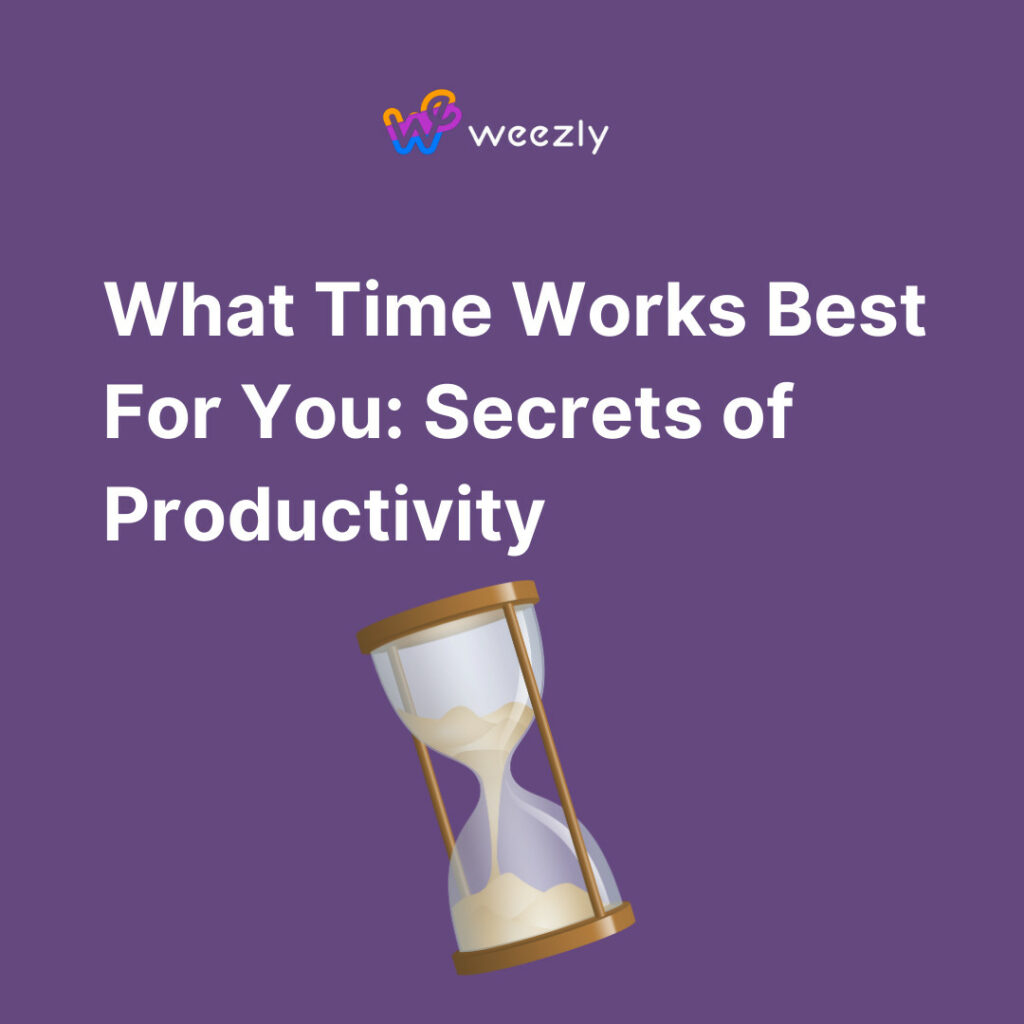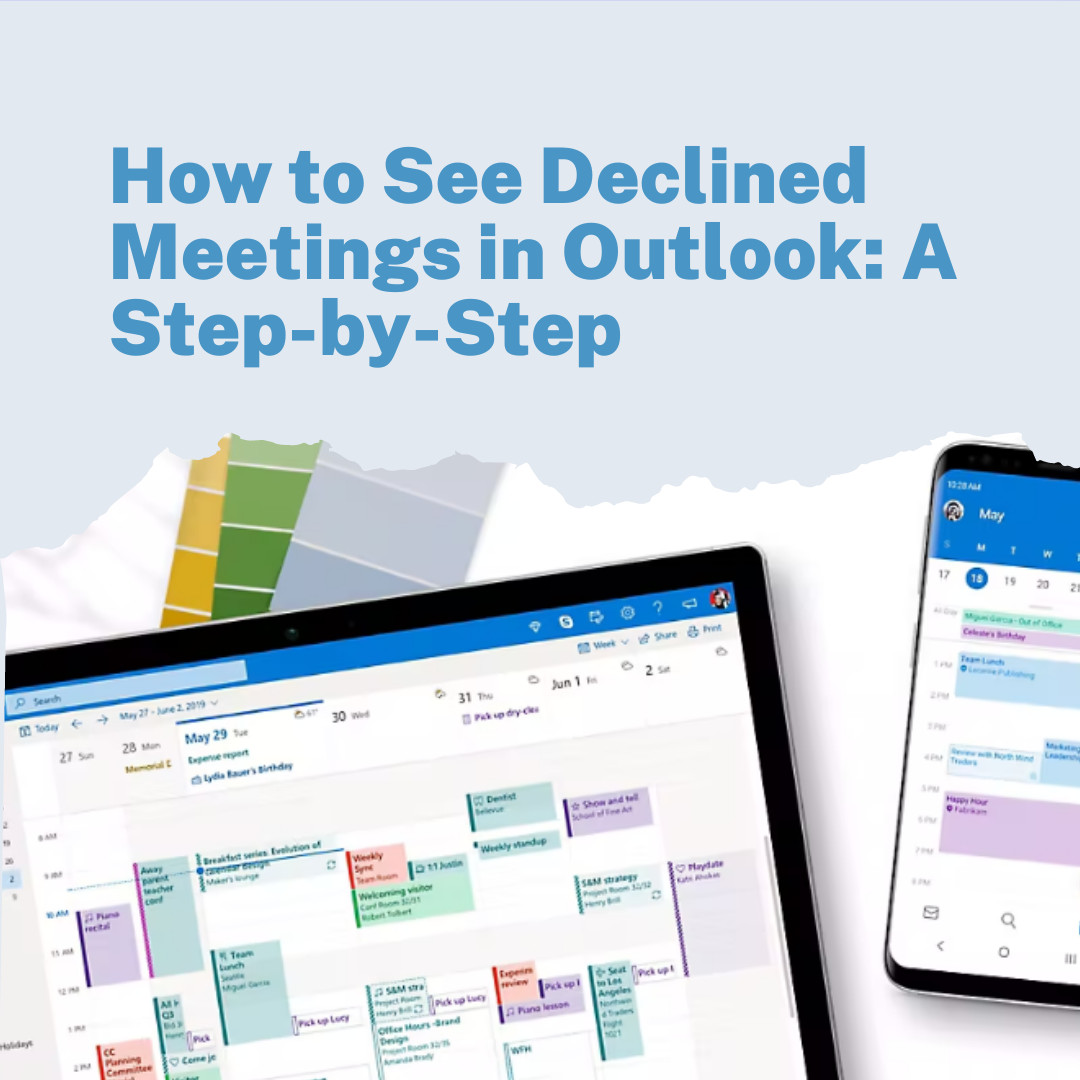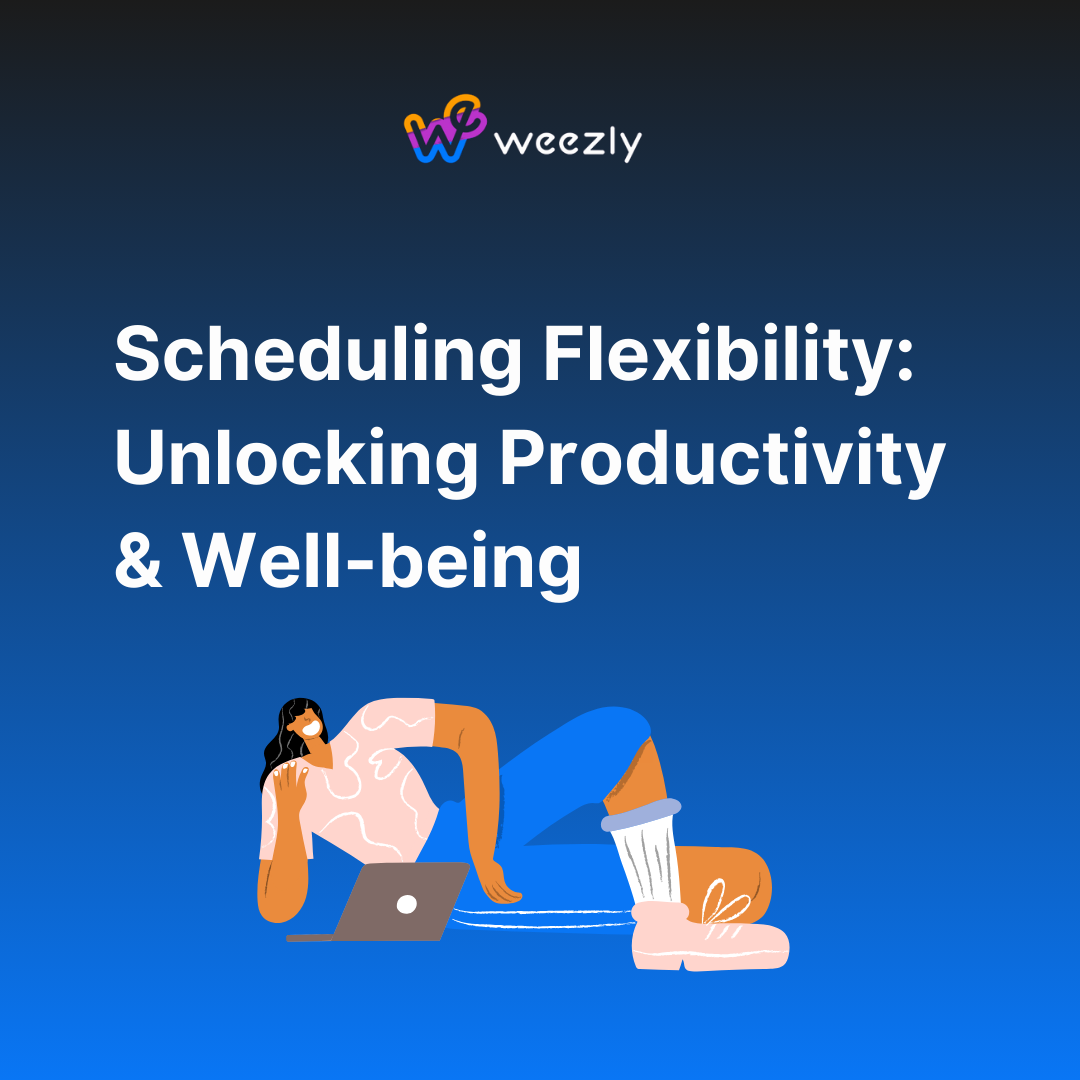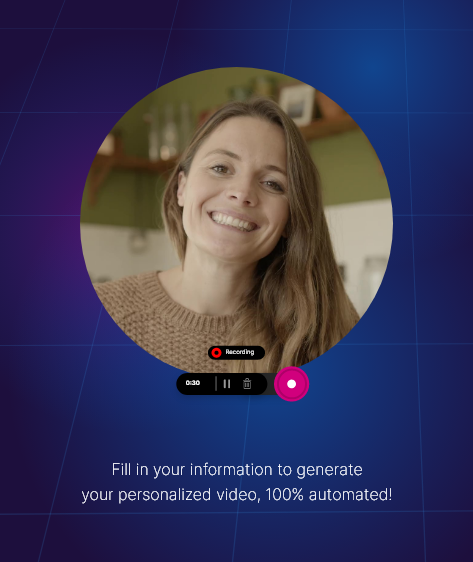Time is a peculiar entity. It slips through our fingers, no matter how hard we grasp it. Some of us are night owls, thriving when the world sleeps, while others are early birds, greeting the first rays of the sun with a smile. But what really matters is – when are you most productive? In this blog post, we dive deep into understanding what time works best for different individuals and why.
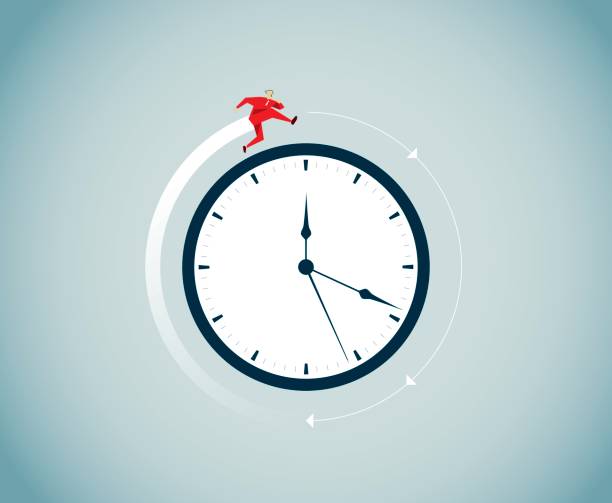
The Science Behind Our Internal Clocks
Our bodies operate on a circadian rhythm – a natural, internal process that regulates our sleep-wake cycle, repeating every 24 hours. This rhythm can determine when we’re most awake, alert, and ready to face the world.
According to Dr. Matthew Walker, a renowned sleep scientist, our circadian rhythm can be influenced by various factors, including:
- Light exposure: Natural light, especially in the morning, can help reset our internal clocks.
- Meal times: Regular meal times can also help regulate our internal clock.
- Genetics: Yes, being an early bird or a night owl could be in your DNA!
How to Determine Your Peak Productive Time
So, let’s see how to find out what time works best for you:
1. Self-observation
For about a week, note down the times when you feel most alert, focused, and energetic. This can provide valuable insights into your personal peak productivity windows.
2. Experiment with Task Types
Some tasks require deep concentration (e.g., writing or coding), while others might be more mechanical (e.g., answering emails or data entry). Experiment with doing different tasks at various times of the day and note when you perform best.
3. Listen to Your Body
Your body gives cues. For instance, if you’re consistently yawning around 2 p.m., it might not be the best time for high-concentration tasks.
4. Use Technology
Apps like RescueTime can help track your productive periods by monitoring your computer activity.
Tips to Maximize Your Productive Times
- Plan Ahead: Once you’ve identified your peak times, schedule your most crucial tasks then. This ensures you’re working on them when you’re at your best.
- Avoid Multitasking: Contrary to popular belief, multitasking can reduce your productivity by as much as 40%. Focus on one task at a time.
- Take Regular Breaks: Short breaks during long tasks can significantly improve overall productivity and maintain a consistent level of performance.
- Create a Conducive Environment: Whether it’s noise-canceling headphones, a comfortable chair, or a tidy desk, make sure your environment boosts productivity.
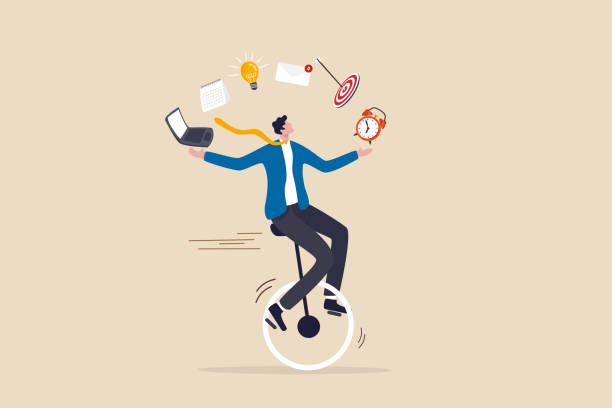
Personal Stories: Finding the Right Time
Sarah, a freelance writer, discovered her peak time by accident. “I’d always believed I was a night owl,” she says. “But after waking up early for a morning flight and deciding to do some work, I found my writing flowed better, and I was more focused. Now, I always do my critical tasks between 7-10 am.”
Mike, a software developer, always thought of himself as an early bird. But after reading about the potential of ‘deep work’ during late-night hours, he decided to experiment. “I discovered that coding late at night, say from 10 p.m. to 2 a.m., worked wonders for me. The peace and tranquility of the night give me unmatched focus.”
SEE MORE: How to Balance Multiple Commitments?
What Scheduling Tools Helps to Find the Best Fit for You?

When choosing a scheduling tool, you want something reliable, flexible, intuitive, and compatible with your routines and workflows. Here, I’ve compared different scheduling tools to help you pick the best match:
Calendly vs others:
- Calendly vs Weezly
- Calendly vs Doodle
- Calendly vs Acuity
- Calendly vs YouCanBook.Me
- Calendly vs Appointlet
- Calendly vs Setmore
- Calendly vs Engageware
Despite being crowned as the reigning champion among scheduling tools, Calendly faces strong competition, particularly when evaluated against other top-notch scheduling software such as Doodle, Acuity Scheduling, YouCanBook.me, Appointlet, Setmore, and Engageware. Although competition is stiff, it ultimately comes down to your specific circumstances and preferences that will decide which outperforms the others in your eyes.
Learning the Pros and Cons of Different Scheduling Tools
Understanding both the advantages and potential drawbacks of each tool can greatly aid in selecting the perfect scheduling solution; here are some helpful links:
- Pros and Cons of Engageware
- Pros and Cons of Appointlet
- Pros and Cons of OnceHub
- Pros and Cons of Cogsworth
- Pros and Cons of Harmonizely
Regardless of whichever scheduling software lands your preference, always remember: your ultimate aim is to manage your time better, reduce stress, eliminate friction, enhance productivity, and optimize your efficiency in handling meetings, appointments, events, or consultations. With innumerable scheduling tools awaiting your consideration, never settle until you find the one that resonates completely with your needs and aspirations.
So, What Time Works Best for You?
Finding your optimal time isn’t about adhering to society’s norms or trying to fit into a 9-5 box. It’s a deeply personal journey, one that might require some trial and error.
Remember:
- Not everyone’s productivity peaks will align with societal norms.
- What works for one person might not work for another.
- It’s crucial to maintain a balance. Even if you’re most productive late at night, ensure you’re getting enough rest.
In conclusion, understanding and harnessing your peak productivity times can be a game-changer. It can lead to better work quality, less stress, and a more balanced life. Whether you’re an early bird, a night owl, or somewhere in between, there’s a productive window waiting to be discovered. Start your journey to find out: What time works best for you?
